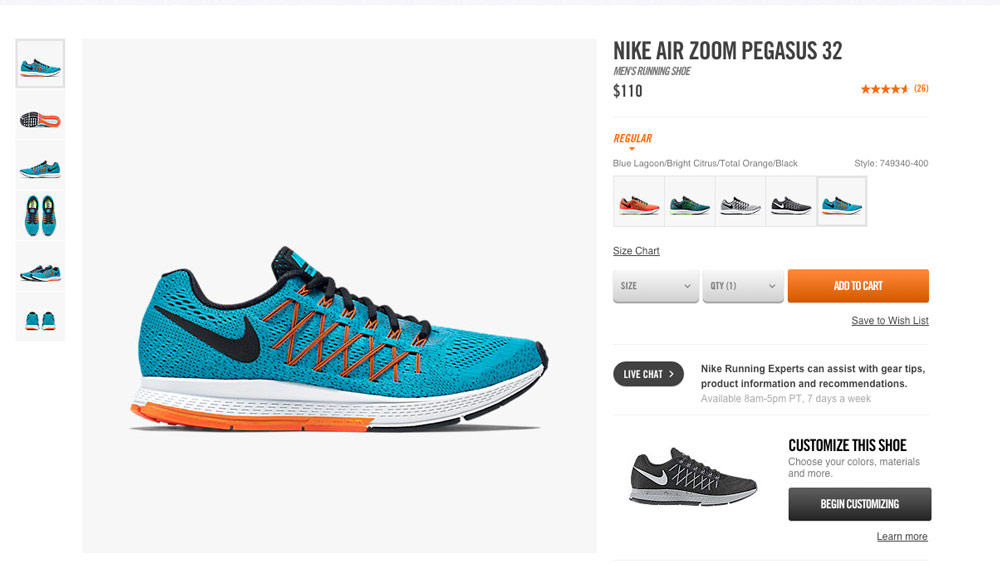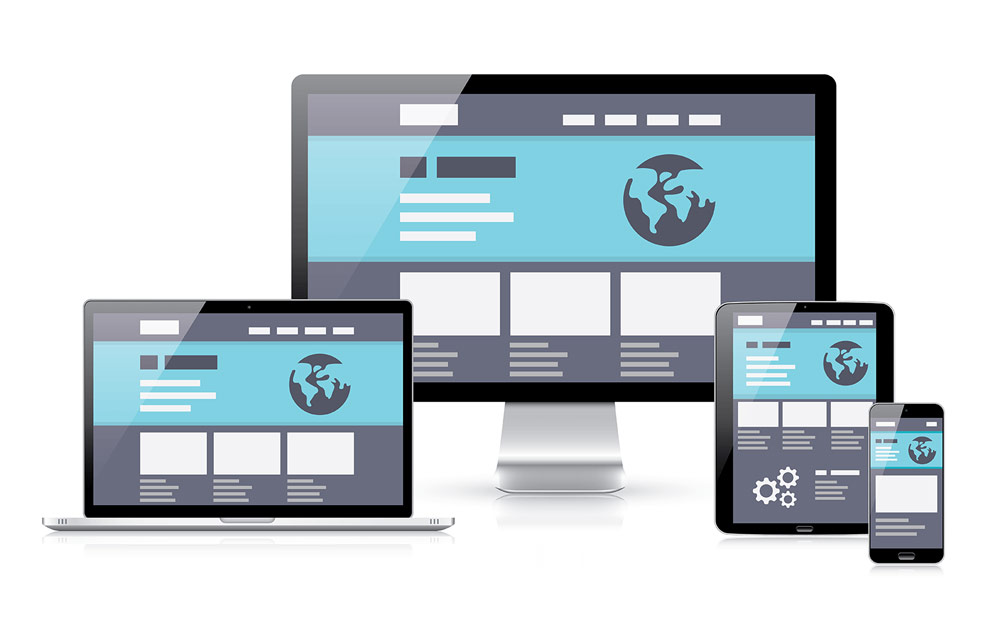Imagine a specialty store you can enter 24 hours a day, seven days a week and find a knowledgeable salesperson who will lead you step by step through the benefits of each product that interests you.
Their style is gentle without being overly pushy, giving you the freedom and information you need to take your time and make the best possible purchase decision. Sounds ideal—yes?
Creating the perfect product pages for your ecommerce store affords shoppers these exact benefits, ultimately giving it a competitive edge.
Design Considerations/Elements

The best product pages are designed with the user experience firmly in mind. Intuition is key. Product titles and overviews should be easily findable. The main photograph must be nice and clear, while a gallery of supporting images offers every possible view. Descriptions are succinct, detailed and focus on benefits to the customer. All available variants are found on the same page, so shoppers can easily compare color options and the like. Customer testimonials edify the choice, while recently viewed and related products offer other possibilities—but avoid overloading the shopper and inducing inertia. “Add to Shopping Cart” and “Buy Now” buttons are prominent.
Craft Copy Carefully
Product copy offers an apt description of what the shopper is getting. It also indicates how a given product will solve the problem for which the customer is seeking a solution. Compelling copy also gives the consumer a good reason for buying this product from you specifically. Additionally, since consumers must order without physically touching products first, copy should contain enough information about materials and sizing to give them a good feel for what they’ll receive.
Add 1,000 Words with Solid Photography

Well lit, sharply focused and carefully composed images add an air of professionalism and demonstrate you really care. Plus, it makes it easier for buyers to examine the goods. Videos follow the same technical guidelines and tend to be effective on ecommerce websites.
Newly Launched JavaScript Libraries for ExpertsUsing a quality camera helps sellers produce great images. Keep lighting consistent for every image. Employ a white background so the products’ attributes are rendered in good contrast (unless the product is white—then utilize a darker one). The surface upon which you photograph should remain stationary, with your camera mounted on a tripod while shooting so it remains steady as well.
Keep the camera the same distance from every product so the sizing on the page is consistent. Shoot products from every possible angle and show them in use where appropriate. Post pictures with zoom capability so users can study details closely.
Optimize for Mobile

Choose an ecommerce theme responsive enough to automatically optimize for mobile use. Evaluate the design across all available platforms to ensure it looks the same in iOS as well as Android and other operating systems. Part of providing a positive mobile ecommerce experience is making sure images dominate the screen and load quickly. Minimize usage of third-party plug-ins to bring down loading times. And remember, a static menu bar eases navigation for users.
How Jetpack Increases CTR and Lowers Bounce RatesKeep SEO in Mind
Tailor descriptions for keyword inclusion. Improve searchability in your online store with alt tags in image meta data, title tags and relevant file names. Given that users are typically trying to find product pages anyway, applying search engine optimization has multiple benefits, both in terms of reducing bounce rates and keeping shoppers engaged.
Creating the perfect product page is the equivalent of hiring the world’s best salesperson. They always show your products in their best light and guide your customer toward the right purchase decision—capably, competently and comfortably.
How to Become a Web Software Developer






